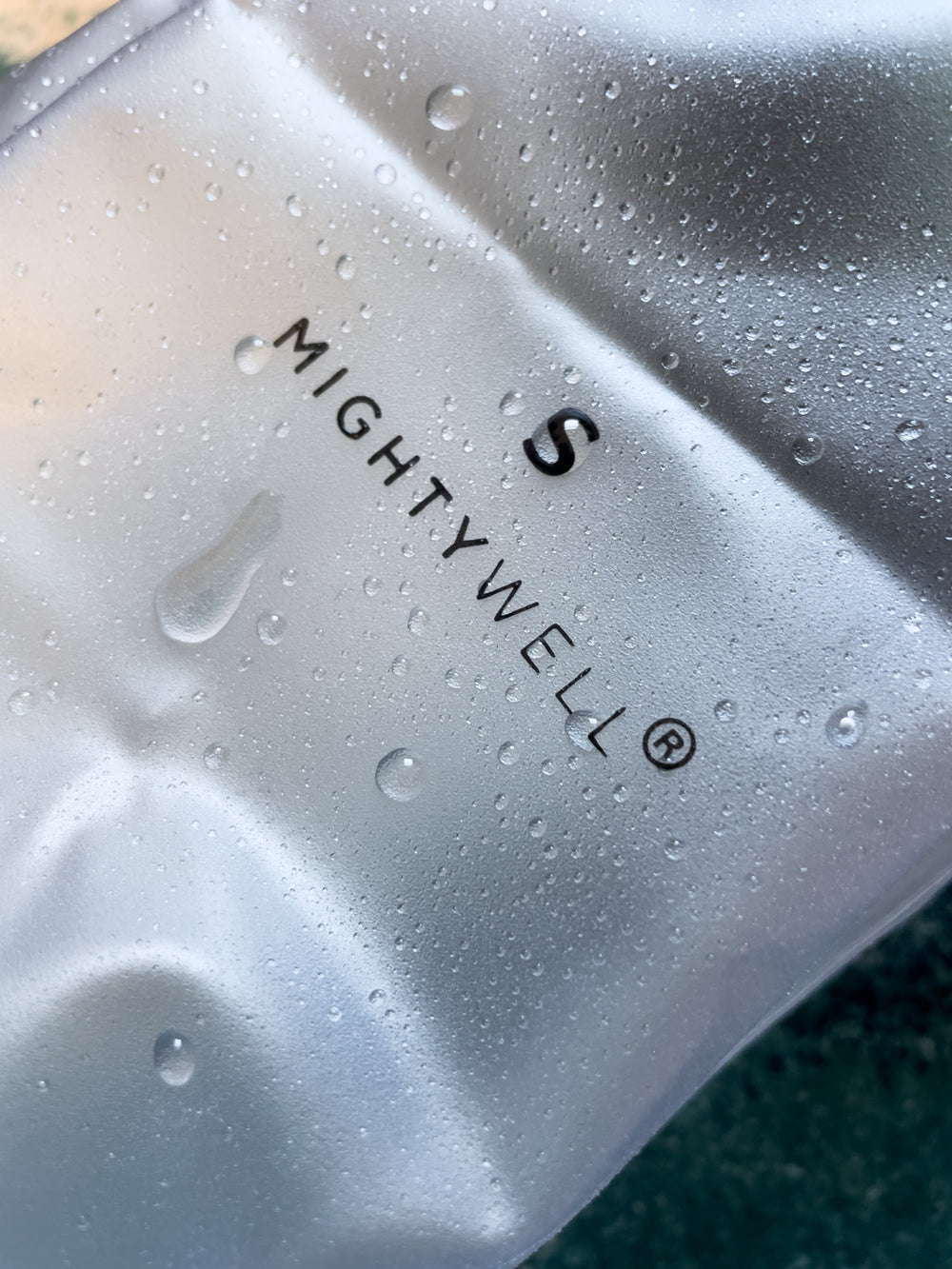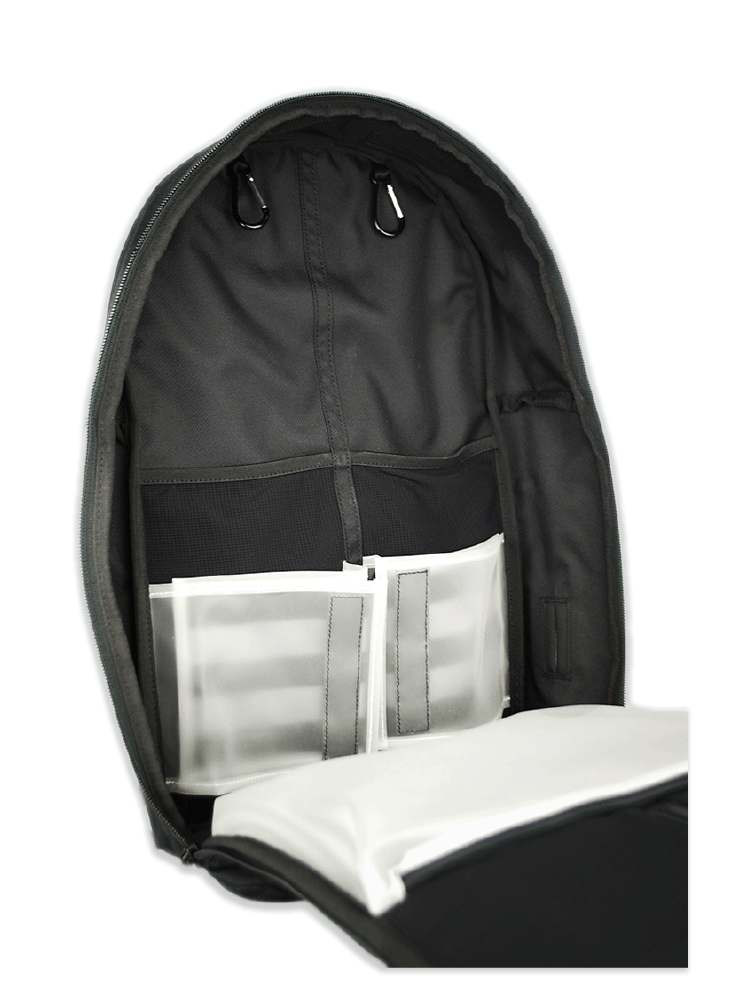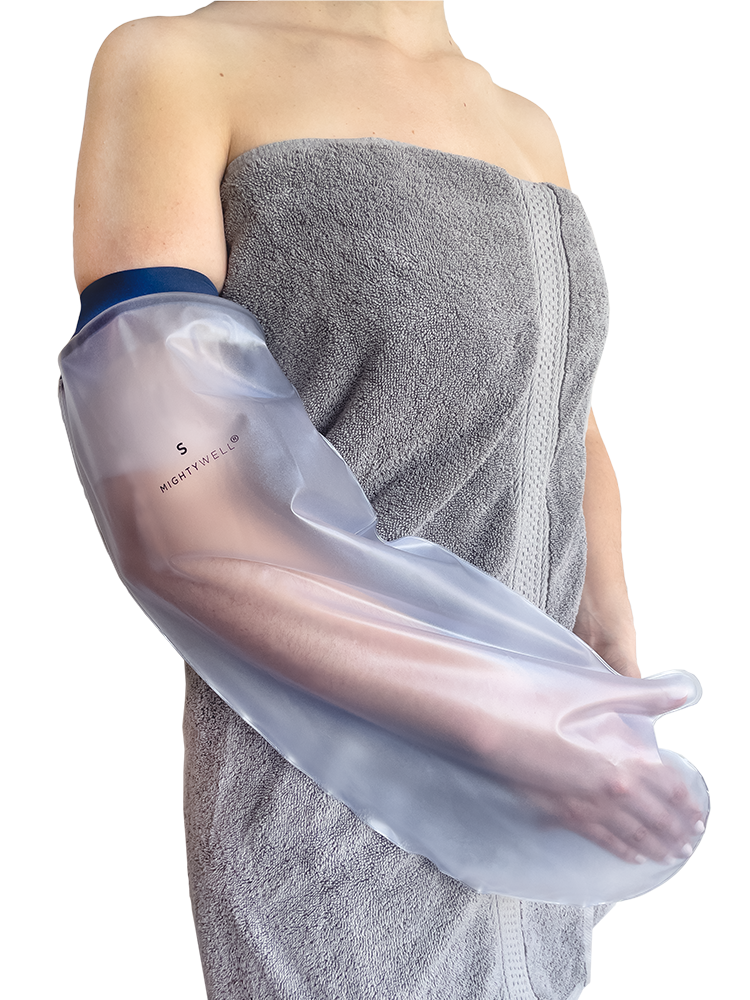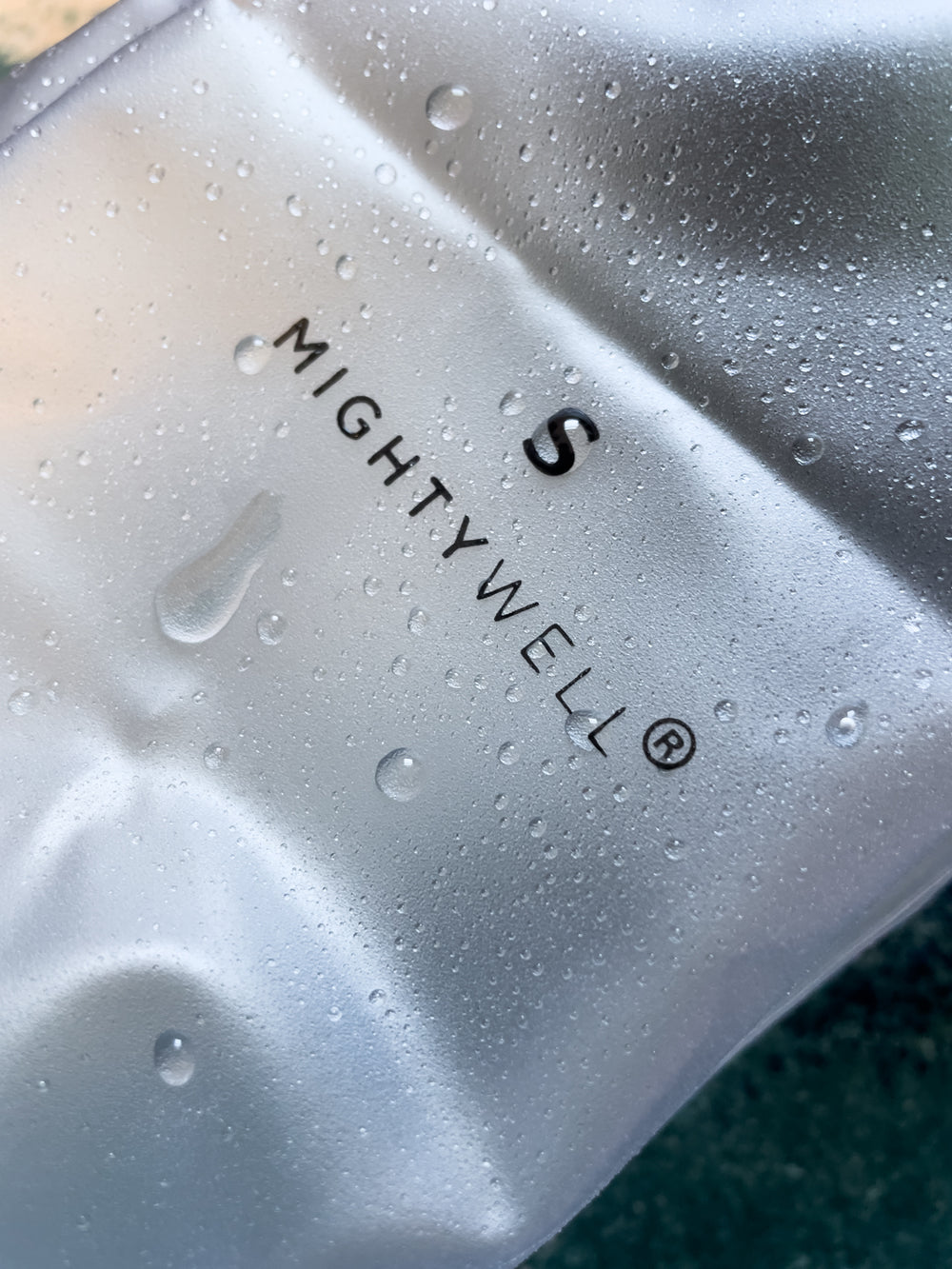Patient Perspective: Swapna Kakani, Friend in the Fight Living With Short Bowel Syndrome

Swapna, using the PICCPerfect® PICC Line Cover for her Midline
Mighty Well Friend in the Fight, Swapna Kakani, gave a keynote presentation at the 2022 Annual Scientific Meeting by the Association for Vascular Access titled Valuing the Patient Perspective in Preservation and Protection of Vascular Access.
Meet Swapna: She is a professional speaker focusing on challenging audiences to meet patients and caregivers where they are to enhance their patient and family experience for improved outcomes. Swapna shares, "I will live with this chronic disease for the rest of my life. I have to find a relationship where we co-exist." Her resiliency and self-determination in the face of constant difficulties are an impetus for effective advocacy across healthcare disciplines.
Check out Swapna's website and her Instagram and Twitter accounts to learn more!

Swapna, using the PICCPerfect® PICC Line Cover for her Peripheral IV to go to an Indian Wedding 'incognito.' Swapna says, "The IV was so small to keep the vein patent I had to continuously give IV fluids at a slow rate. A fluid bag and pump were in the purse."
Swapna's Story
Swapna was diagnosed with Short Bowel Syndrome, a rare chronic disease, at birth. She now for 33 years has lived with supplemental intravenous nutrition and a feeding tube her entire life. She has undergone several surgeries at multiple hospitals throughout the country. In 2012, she made the difficult decision to have her dysfunctional bowel removed. As a result, she could not eat solid food, and all of her GI contents were drained into a bag for almost three years. Over her life, she has had to rely on Central Lines, Midlines, and PIVs for either nutrition, hydration, or antibiotics.
Despite her constant hunger and craving to eat in those three years, Swapna returned to college, graduated with top honors, and gave the commencement address. In 2014, Swapna received a small intestine transplant. As a busy advocate for other rare disease patients and maintaining her quality of life as an adult, she has also started a grassroots advocacy initiative called Alabama Rare to help the rare disease patient community in Alabama.
Swapna's story teaches all of us that it is possible to rise above life's adversities, live life to the fullest, and achieve our most significant goals despite the circumstances.
Swapna's Top Tips for Patients Living with Central Lines:
In her presentation at the Association for Vascular Access Annual Scientific Meeting, Swapna explained her 33-year journey of living with vascular access. She has had 67 surgeries by the age of 33. Impressively, she went 14.5 years without a central line infection and had a 5.5 years record with the same central line with only one repair. She endured 26 bacterial/fungal infections during her life with a central line. Swapna shares, "Once you have [an infection], you receive antibiotics or antifungals. Depending on the type of infection, you can keep the line, or it has to be removed. There is a lot outside your control once the infection hits."
This has led her to share tips on how to do everything possible to keep the line safe, clean, and secure. First, an important reminder that a central line is a patient's lifeline, and it needs to be preserved at all costs:
Swapna's Preferred Internal Checklist:
- Hand washing. To reduce contamination, wash hands in accordance with CDC guidelines.
- Minimize contamination with gloves and masks.
- She learned from UCLA "lines up, tubes down." This phrase means keeping all IV lines away from ostomies, drains, tubes, and wounds.
- Timeliness of care: don’t delay dressing changes, cap changes, flushing after infusions, or flushing every 12 hours.
- Disinfection is key! Scrubbing the Hub, which means cleaning the end of the needleless IV connector, is the RULE!
- Speaking up for yourself when clinicians are managing your line will help improve patient care and support to empower you.
- Have robust conversations with home infusion, nutrition support clinicians, infectious disease, and interventional radiology on the tiered approaches they have for you to save your line during an infection. Lines can be saved! They are our lifelines!
- "Mighty Well products helped keep my line secure and a minimal part of me as I went out and about. Every clinician who saw me with my wrap liked it and ooh and ahh at it. They said that is cool!" -Swapna
- Swapna kept her Midline and Peripheral IV protected using Mighty Well products like the PICCPerfect® PICC Line Covers
The Patient Perspective
In a moving statement, Swapna proclaims to clinicians, "For me, it is MY LIFE; for you, it is YOUR JOB. She says that speaking up can be challenging for patients because of the pain, discomfort, and power dynamic. She asks the audience of the country's top vascular access specialists, "Did you do everything in your control to save the line?"
Swapna brought to the audience's attention that the medical community now sees patients living longer with long-term vascular access. This is uncharted territory in the field of intestinal failure. Therefore, she believes a plan for central line management (vein preservation, maintenance of vascular access, and minimization of line infections) is necessary to have in place before you need it at the moment of emergency. It is now possible to live long-term with vascular access devices and manage infusions and therapies at home, so her top advice is to have a plan for the patient, family, caregivers, and clinicians.

Swapna, using the PICCPerfect® PICC Line Cover for her Midline
Meeting Patients Where They Are
Her emphasis on "Meeting Patients where they are!" is an essential theme in her speech that resonates with the entire Mighty Well community. She stated specific questions for clinicians to ask and emotions to consider when placing and removing long-term vascular access devices, as they are part of us. When vascular access is removed or replaced, we may not grieve and celebrate the same things for the same reasons clinicians may think. Patients and family members should be empowered with the help of their clinicians to have autonomy over device selection and the process of placement and removal. You can learn a lot from patients and caregivers by asking the right questions.
Swapna closes her keynote with a reminder to have a Friend in the Fight to support you on your journey. Swapna's message is an important reminder: "My health doesn't define me; it is a part of me! My goal is to live and not just to survive! This is my lifeline! "
Swapna and the Mighty Well team wholeheartedly believe that if patients are included in the conversation from day one of living with vascular access, it can be a critical infection prevention tool and increase a patient's quality of life.
Recently, Swapna co-published an article Advocating for a Patient and Family Centered Care Approach to Management of Short Bowl Syndrome. Mighty Well encourages our Friends in the Fight to review the additional resource as it describes what priorities need to be valued when caring for patients and caregivers with SBS and rare diseases to optimize outcomes; such as respecting whole-person care, building partnerships with families, fostering communication, and providing information effectively. It is a good resource to read and share with respective clinicians.















Leave a comment